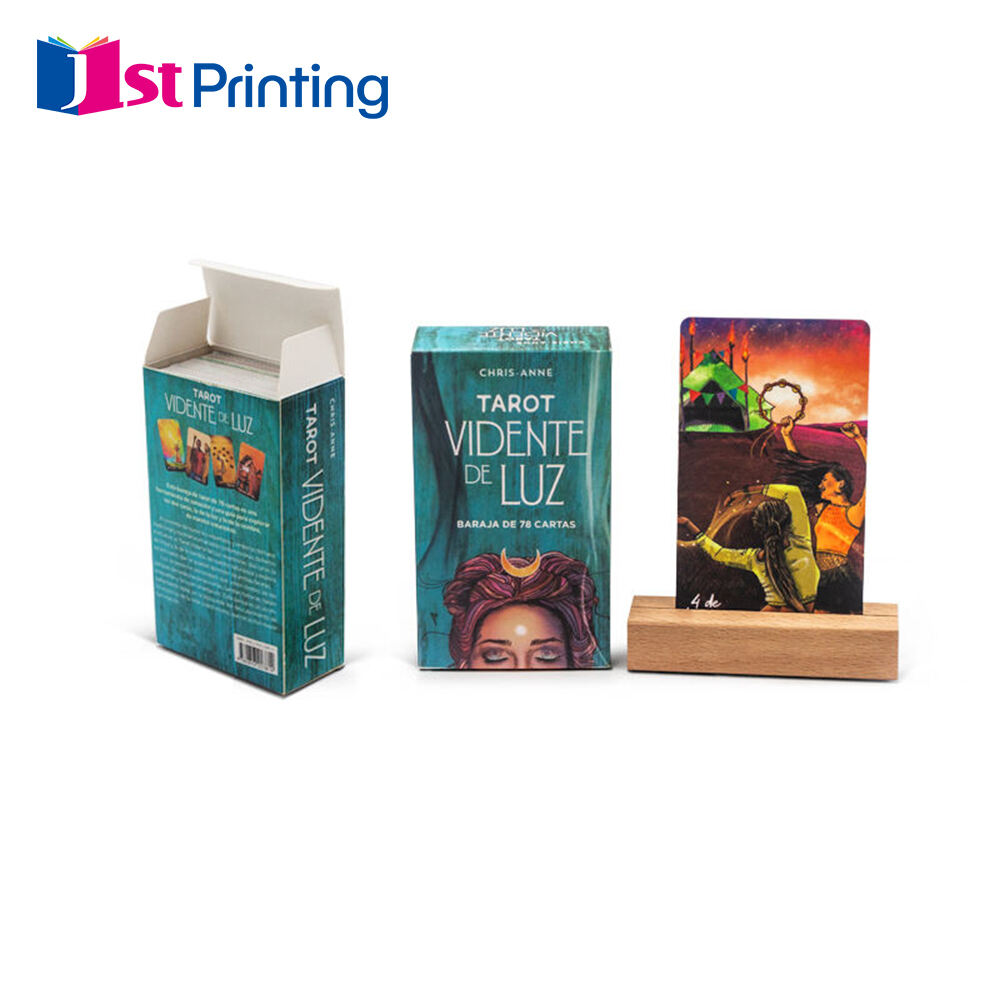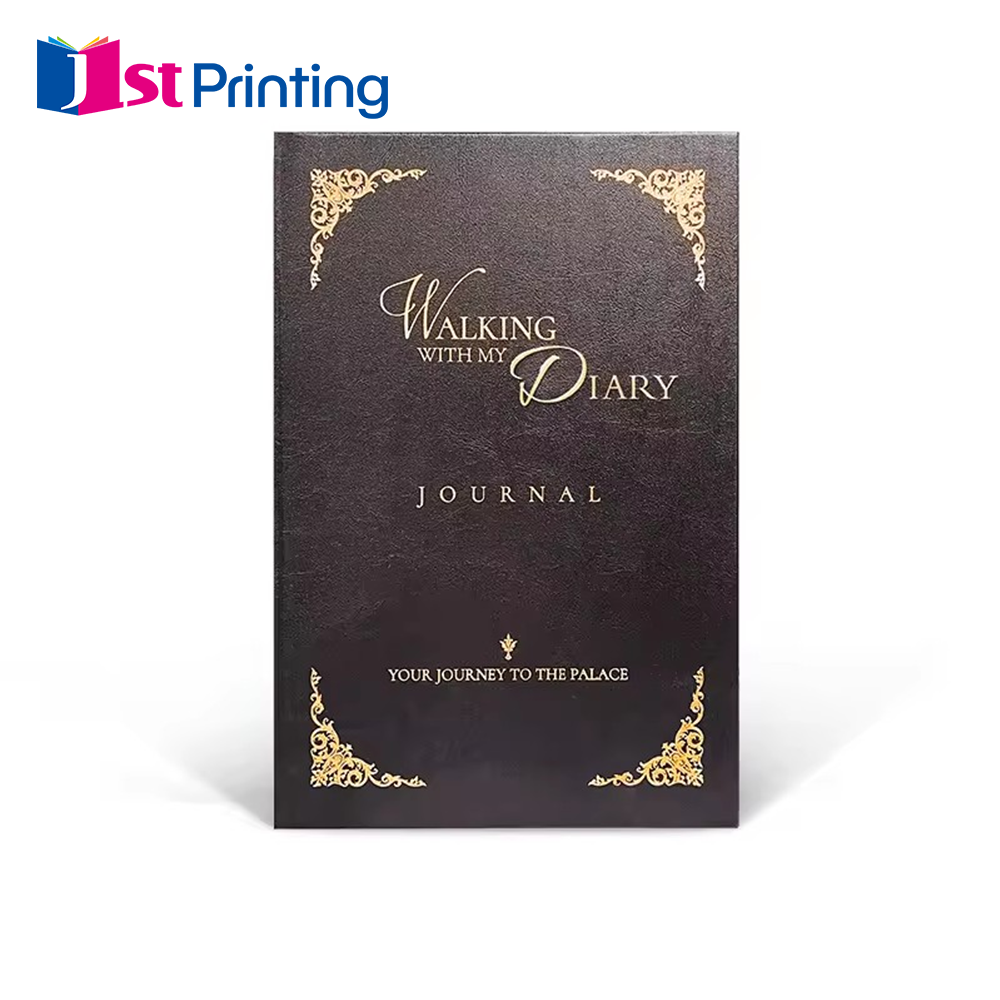Consejos para personalizar estilos de encuadernación de libros
Entendiendo la Encuadernación de Libros Personalizada
La encuadernación de libros personalizada se refiere al enfoque adaptado de ensamblar y asegurar las páginas de un libro para cumplir con requisitos específicos de diseño y funcionalidad. Este proceso ofrece flexibilidad y opciones de personalización, permitiendo a los creadores infundir estilos y características únicas en sus proyectos. Ya sea seleccionando diferentes tipos de encuadernación, como encuadernación wire-o o encuadernación perfecta, o eligiendo el tipo de papel y adornos, la encuadernación personalizada proporciona una variedad de posibilidades para coincidir con diferentes visiones creativas.
La importancia de la encuadernación de libros personalizada va más allá de la mera estética; desempeña un papel crítico en la mejora tanto de los aspectos visuales como funcionales de varios proyectos creativos. La encuadernación de libros personalizada es especialmente valiosa en industrias como la publicación, la moda y la educación, donde la presentación de materiales impresos puede impactar significativamente la percepción del público. Al ofrecer una forma de producir productos duraderos y visualmente atractivos, las soluciones de encuadernación personalizada ayudan a crear libros memorables que destacan en mercados competitivos. Así, la encuadernación de libros personalizada es más que un detalle: es un componente vital que mejora la identidad y efectividad de las obras creativas.
Estilos Populares de Encuadernación de Libros Personalizada
Hay varios estilos populares de encuadernación de libros personalizada, cada uno con características únicas, que satisfacen diferentes necesidades. Comprender estos estilos puede ayudarte a seleccionar la mejor opción para tu proyecto.
1. Encuadernación Perfecta
Este estilo se utiliza frecuentemente en publicaciones profesionales como libros de bolsillo y revistas. Ofrece un lomo limpio y pulido, creando una apariencia elegante y profesional. Una ventaja significativa es su rentabilidad, especialmente para tiradas grandes, mientras que aún proporciona un aspecto profesional.
2. Encuadernación a Caballo
Conocido por su rentabilidad, este método es ideal para folletos y catálogos más delgados. La encuadernación a caballo implica doblar hojas por la mitad y graparlas a través del pliegue. Es fácil de ensamblar, lo que lo convierte en una opción rápida para proyectos pequeños. Su simplicidad lo hace perfecto para volantes, informes y pequeños folletos que requieren una producción rápida.
3. Encuadernación Espiral
Esta técnica de encuadernación es celebrada por su flexibilidad y practicidad, particularmente para documentos como cuadernos y libros de trabajo. La espiral permite que las páginas se coloquen completamente planas, lo que facilita a los usuarios escribir. Es una opción preferida para libros de cocina, manuales de capacitación y otros documentos que requieren un uso frecuente.
4. Encuadernación Wire-O
La encuadernación Wire-O ofrece un acabado profesional con mayor durabilidad, lo que la hace adecuada para presentaciones e informes. El uso de un peine de alambre permite que las páginas giren 360 grados, proporcionando un fácil acceso a todo el documento. Este formato se ve a menudo en informes empresariales y portafolios artísticos donde la estética y la funcionalidad son igualmente importantes.
5. Encuadernación en tapa dura
También conocido como encuadernación en tapa dura, este estilo es conocido por su resistencia y atractivo lujoso. Es ideal para libros de tapa dura y es un sello distintivo de obras publicadas de alta calidad. A menudo se utiliza en la industria editorial para libros de mesa de café y novelas debido a su durabilidad, la encuadernación en caja proporciona una estructura robusta que protege el contenido a lo largo del tiempo.
Creando Proyectos Únicos con Encuadernación Personalizada
Crear diarios y cuadernos personalizados en casa puede ser una experiencia gratificante, ofreciendo una forma única y personalizada de capturar pensamientos y recuerdos. Al utilizar técnicas de encuadernación simples como la costura en caballete o la encuadernación japonesa, las personas pueden crear diarios a medida que reflejan su estilo personal. Esto no solo mejora la experiencia táctil de escribir, sino que también añade un toque personal a las reflexiones diarias.
Diseñar planificadores personalizados es otra forma en que la encuadernación a medida puede satisfacer necesidades específicas. Estos planificadores pueden ser adaptados para alinearse con las preferencias organizativas individuales, aumentando la productividad y la eficiencia. Al elegir un estilo de encuadernación que permita flexibilidad y durabilidad, como la encuadernación en espiral o Wire-O, las personas pueden asegurarse de que sus planificadores sean tanto prácticos como visualmente atractivos.
El scrapbooking artístico ofrece otra oportunidad para explorar la encuadernación a medida. Usando una variedad de materiales como papel decorativo, tela y adornos únicos, los entusiastas del scrapbooking pueden crear recuerdos únicos. Los scrapbookers profesionales a menudo recomiendan técnicas como la encuadernación en tapa dura por su solidez y sensación lujosa, proporcionando una base sólida para la exhibición creativa de fotos, manualidades en papel y recuerdos personales. A través de estos métodos, la encuadernación a medida transforma proyectos personales en expresiones artísticas atesoradas.
Guía Paso a Paso para Elegir el Estilo de Encuadernación Adecuado
Al elegir un estilo de encuadernación, es esencial considerar factores como el presupuesto, el uso previsto y la durabilidad. Cada método de encuadernación tiene costos y niveles de resistencia variables, lo que puede impactar significativamente el producto final. Por ejemplo, la encuadernación perfecta ofrece un aspecto profesional y asequible, ideal para proyectos ligeros. Sin embargo, para proyectos duraderos que requieren un manejo frecuente, la encuadernación wire-o o de tapa dura podría ser más adecuada debido a su durabilidad. Además, considera la naturaleza del contenido; los libros de arte podrían beneficiarse de opciones de apertura plana como la costura Smyth o la encuadernación con tornillo, que permiten una fácil visualización.
Evaluar las necesidades de tu proyecto de manera metódica puede simplificar el proceso de selección. Aquí hay una lista estructurada para ayudar a identificar tus requisitos únicos:
1. Evalúa el Propósito
Determina el uso principal de tu libro. ¿Es una presentación, un portafolio o una novela?
2. Considera el Número de Páginas
Más páginas pueden requerir un método de encuadernación más fuerte.
3. Determinar el Uso Esperado
¿Se pasará el libro con frecuencia, o está destinado a un manejo ocasional?
4. Decidir sobre Preferencias Estéticas
¿Desea un aspecto específico, como un acabado brillante o un mate vintage?
5. Identificar Limitaciones Presupuestarias
Establezca un plan financiero que se ajuste a sus preferencias de encuadernación.
Al abordar sistemáticamente estos aspectos, puede elegir un estilo de encuadernación que no solo complemente los objetivos de diseño, sino que también cumpla con los requisitos prácticos.
Productos Recomendados para Encuadernación de Libros Personalizados
Descubra una variedad de productos que mejoran la experiencia de encuadernación de libros personalizados con sus diseños únicos y beneficios funcionales.
Primero, explore Tarjetas Diseños Personalizables, Colores Vibrantes, Materiales Duraderos , que ofrece opciones de impresión al por mayor para una variedad de tarjetas, incluidas tarjetas de afirmación y tarot. Este producto se destaca al proporcionar opciones de color vibrantes y materiales duraderos, asegurando que la experiencia personalizada sea tanto creativa como duradera.

A continuación, considera el Libro Planificador: Organiza Tu Vida, Establece Metas . Este planificador personalizado es un elemento imprescindible para cualquiera que busque mejorar sus habilidades de organización y establecimiento de metas. Con características adaptadas para la planificación diaria, semanal y mensual, es una herramienta invaluable para aumentar la productividad y alcanzar metas personales.

Por último, el Impresión de Cuadernos Personalizados Mensual la serie proporciona acceso continuo a diseños únicos con sus servicios de suscripción. Es perfecto para aquellos que valoran la variedad y la singularidad en su papelería, asegurando contenido fresco y creativo con cada entrega.

Consejos para proyectos exitosos de encuadernación de libros personalizados
Ejecutar proyectos exitosos de encuadernación de libros personalizados requiere seleccionar materiales de alta calidad. Opta por tipos de papel duraderos como papel libre de ácido y de calidad de archivo, y materiales de encuadernación robustos como hilos de lino o algodón. Estas elecciones aseguran longevidad y le dan al producto final una sensación de calidad, esencial tanto para proyectos personales como para publicaciones comerciales.
Comprender los diversos procesos de encuadernación puede beneficiar significativamente tu proyecto. Técnicas como encuadernación perfecta , encuadernación en espiral , y encuadernación en tapa dura cada una ofrece ventajas distintas. Por ejemplo, la encuadernación perfecta proporciona un aspecto limpio y profesional adecuado para libros de bolsillo, mientras que la encuadernación en espiral es excelente para manuales y cuadernos de trabajo debido a su capacidad para quedar plano.
Evitar errores comunes puede ahorrar tiempo y recursos en la encuadernación de libros a medida. Una trampa frecuente es no tener en cuenta el efecto de "creep" en los libros cosidos a caballete, donde las páginas pueden sobresalir gradualmente del lomo. Planificar cuidadosamente su proyecto y consultar con profesionales de la encuadernación puede mitigar estos problemas, asegurando un producto terminado de calidad.















 ONLINE
ONLINE